Media laws at Afghanistan
The legal landscape for media in Afghanistan has been drastically transformed since the Taliban's takeover in August 2021. While a formal "media law" might still be referenced, its practical application is entirely superseded by the decrees, directives, and harsh interpretations of Sharia law imposed by the de facto authorities.
I. Pre-Taliban Era (Brief Overview):
Prior to August 2021, Afghanistan had made significant strides in media freedom, particularly after the fall of the first Taliban regime in 2001.
Mass Media Law (2009): This law was considered progressive for the region. It aimed to:
Promote and guarantee freedom of thought and speech.
Protect journalists' rights and ensure independent media operation.
Promote free, independent, and pluralistic mass media.
Prohibit censorship and interference by government bodies.
Recognize the right to access information.
Provide legal protection for journalists, including source confidentiality.
Constitution (2004): Guaranteed freedom of expression and the press, with provisions against prior censorship.
This period saw a flourishing of diverse media outlets, with significant international investment and the emergence of female journalists.
II. Media Laws and Regulations Under Taliban Rule (Post-August 2021):
Since regaining power, the Taliban have systematically dismantled the previous legal framework and imposed a highly restrictive environment. While they may refer to portions of the old "Mass Media Law" as still being in force (especially those parts that can be interpreted to align with their ideology), they have effectively superseded it with a series of decrees and "guidance notes" that prioritize their strict interpretation of Sharia law and "national interests."
Key "Regulations" and Practices Imposed by the Taliban:
"11 Rules for Journalists" (September 2021) and Subsequent Directives: This initial set of guidelines and numerous subsequent regulations (over 20 more have been issued) effectively dictate media content. They ban:
Content Against Islam and Afghan Culture: Any content deemed contrary to their interpretation of Islamic values or Afghan culture. This is a broad and subjective rule.
"Insulting" Public Figures: Prohibits content deemed insulting to the Taliban leadership or officials.
"False News": A common accusation used to suppress critical reporting. Journalists are often required to have their stories approved by Taliban officials before publication or broadcast.
Music: Bans on non-religious music are widespread.
Images of Living Beings: A new "morality law" announced in August 2024 (the "Law on the Prevention of Vice and Promotion of Virtue") includes bans on images of living beings, casting doubt on the future of television broadcasts.
Strict Control over Content and Information:
Pre-publication/Pre-broadcast Censorship: Media outlets often need approval from Taliban officials before publishing or airing reports.
Restrictions on Reporting: Reporting on insecurity, human rights abuses, or corruption by the Taliban is forbidden. Journalists are pressured to portray the Taliban positively.
Limited Sources: Media managers have been instructed to only invite guests from a pre-approved list of "experts" for political shows.
Interviews: Questions for interviews with Taliban officials must be shared in advance and are often vetted.
Crime Scenes: Journalists are generally not allowed to report from crime scenes; information is provided by Taliban intelligence, which often controls the narrative.
Targeting of Journalists and Media Outlets:
Arbitrary Arrests, Detention, and Torture: Journalists are frequently detained, beaten, and tortured for perceived critical reporting or "acting against national and Islamic interests."
Closure of Media Outlets: More than half of Afghanistan's media outlets have closed since August 2021 due to Taliban restrictions and lack of funding.
Blocking Websites and Jamming Signals: Outlets operating from exile are targeted.
Surveillance: The Taliban's General Directorate of Intelligence (GDI) actively monitors media activities, creating a climate of fear.
Severe Restrictions on Female Journalists: This is one of the most drastic impacts of Taliban rule.
Mandatory Face Coverings: Female TV presenters must cover their faces on air.
Segregation: Women must work separately from men in newsrooms and are not allowed to share a screen with male presenters.
Bans on Voices: In some provinces, women's voices are banned from radio broadcasts and call-in shows.
Exclusion from Events: Female reporters are often shut out from official Taliban press conferences and interviews.
Mobility Restrictions: The requirement for women to have a mahram (male chaperone) for travel makes field reporting virtually impossible.
Mass Job Losses: An estimated 80-90% of female journalists have lost their jobs.
Lack of Independent Regulatory Bodies: The previous system of media oversight bodies is effectively defunct or co-opted. Decisions are made by various Taliban ministries and intelligence agencies, with ultimate authority resting with the Supreme Leader, Haibatullah Akhundzada.
III. Current Outlook:
The current state of media law and practice in Afghanistan is one of severe repression and control. Independent journalism is virtually non-existent, replaced by pervasive self-censorship and a media landscape that largely serves as a mouthpiece for the de facto authorities. International organizations like Reporters Without Borders and the UN have consistently documented the systematic dismantling of media freedom and the severe challenges faced by journalists, making Afghanistan one of the lowest-ranked countries in global press freedom indices.



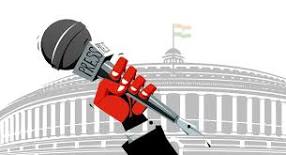
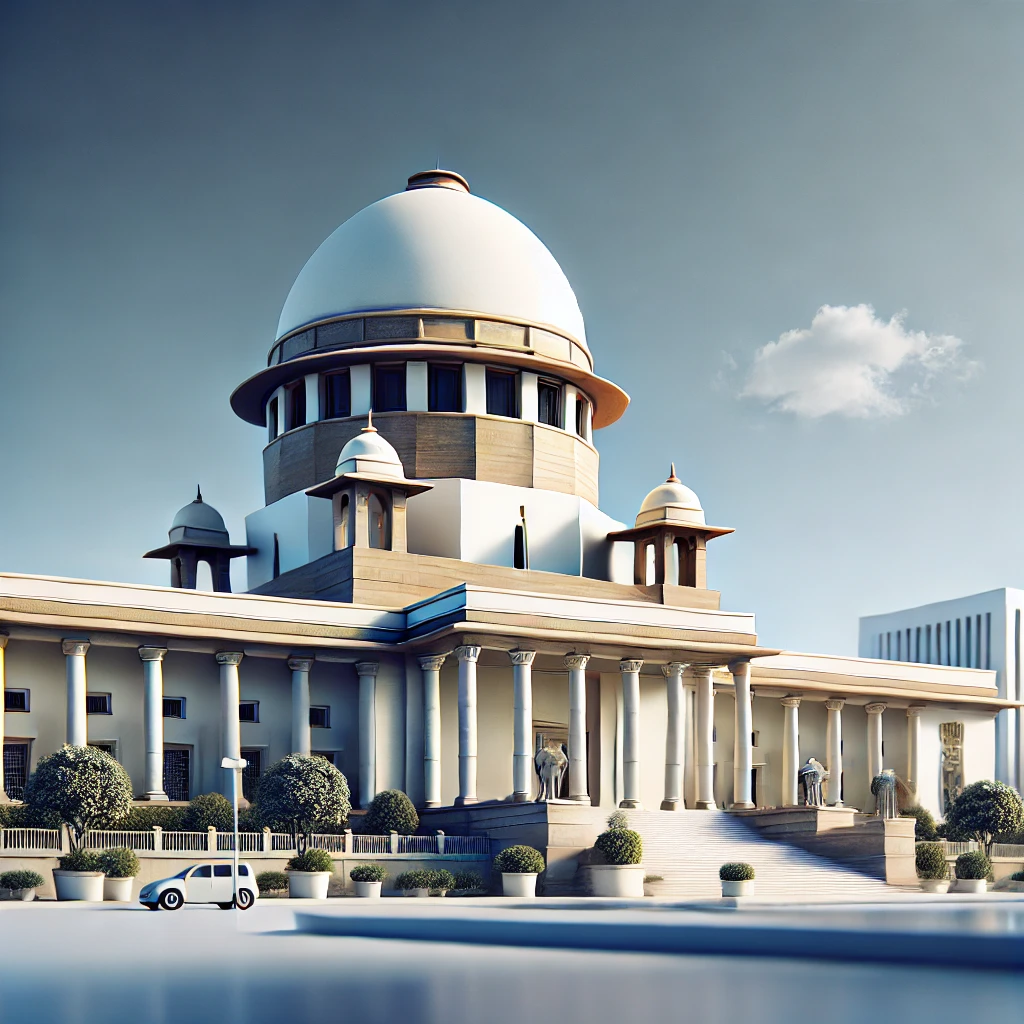

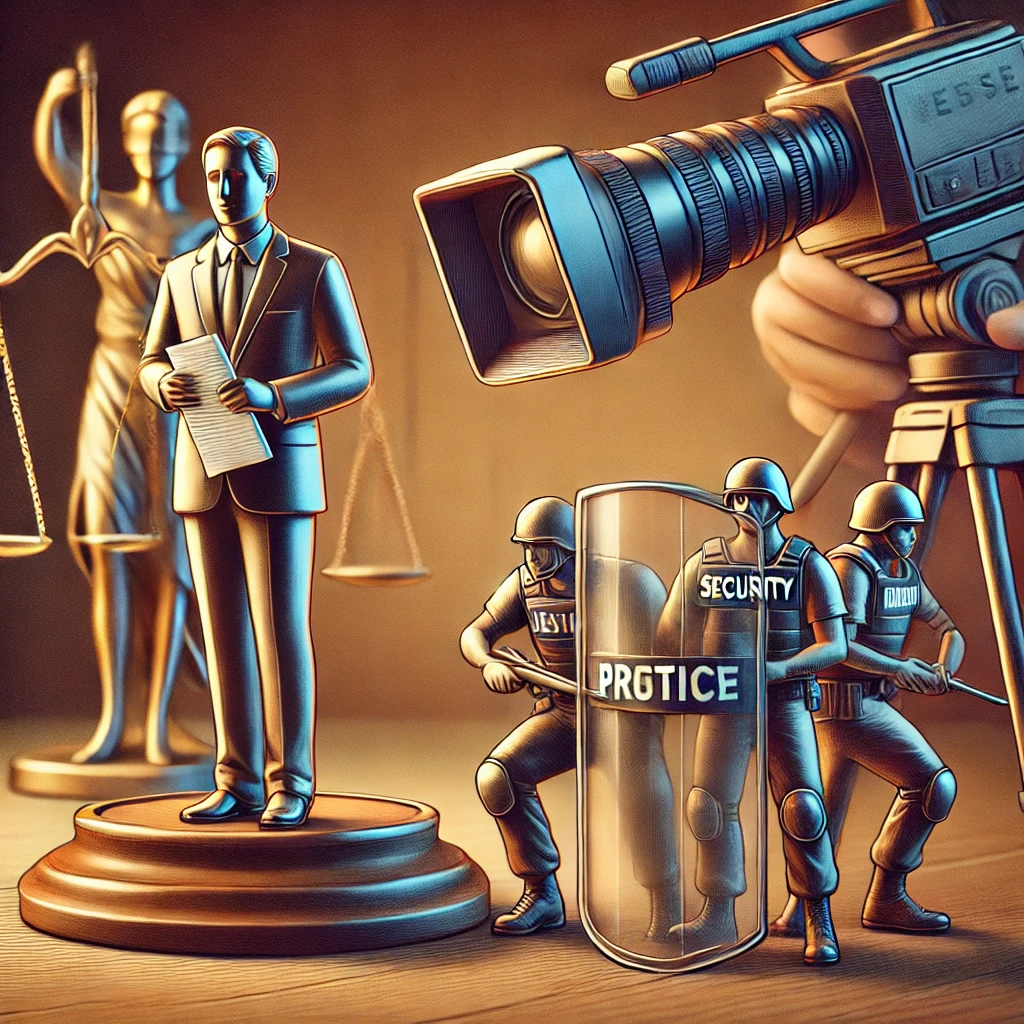

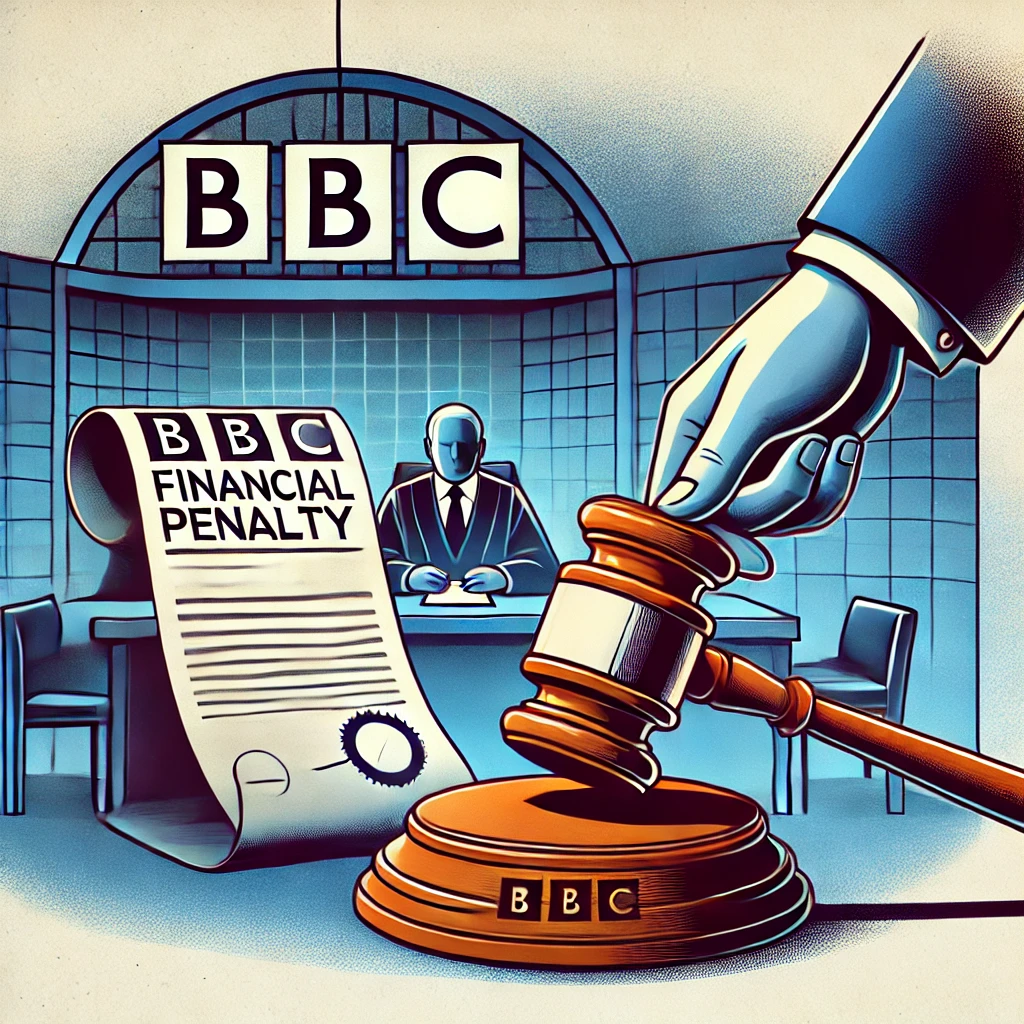




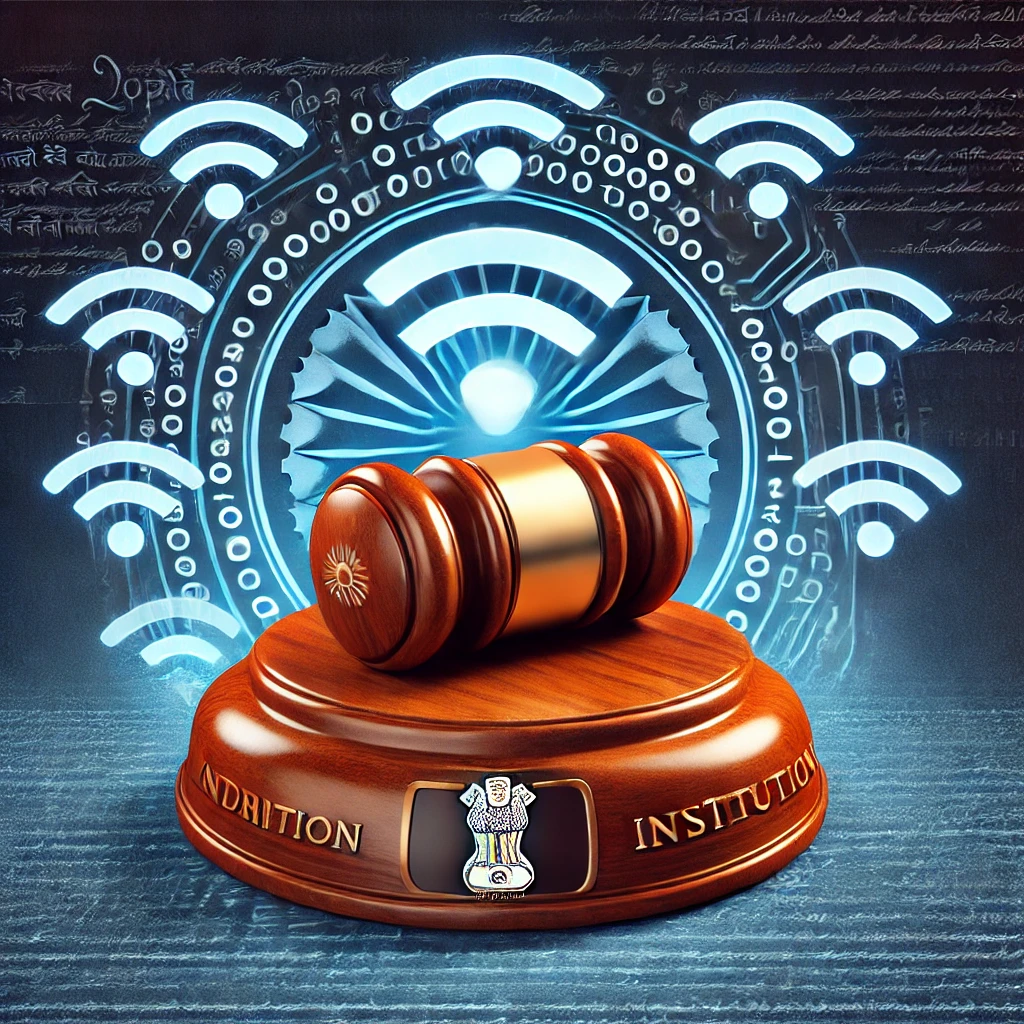






0 comments